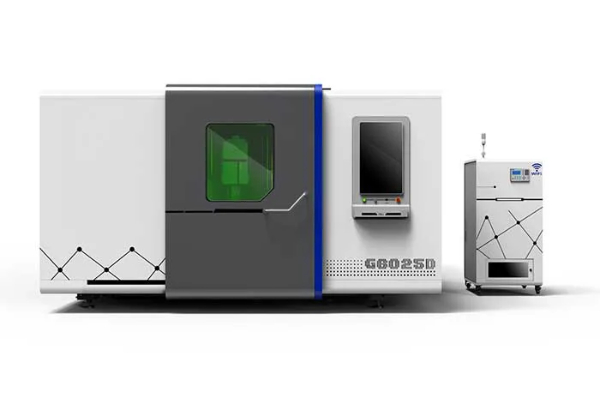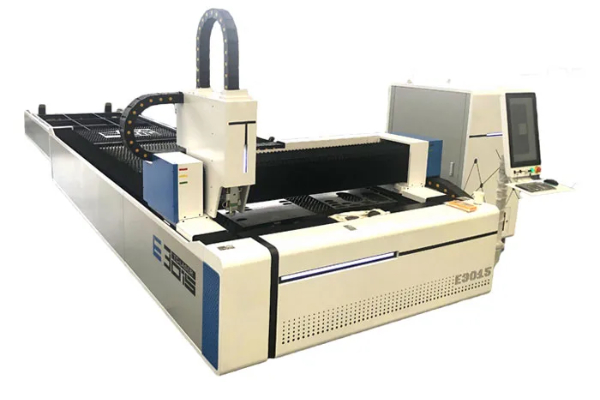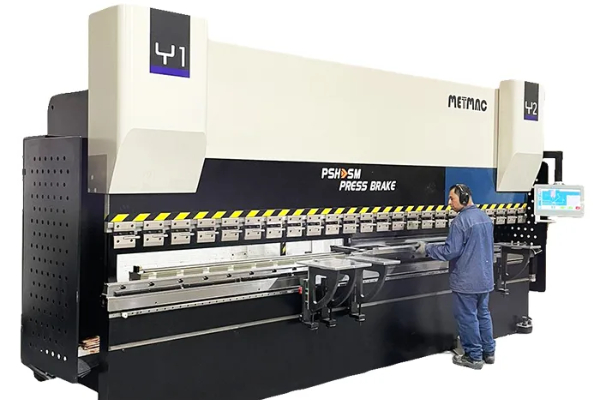
Types of Metal Punching Machines- Choosing the Right Technology
- By:Metmac
- 2024-07-01
- 136
In the realm of metal fabrication, metal punching machines play a vital role in shaping and perforating metal sheets with precision. Understanding the different types of these machines and their applications is crucial for selecting the most suitable technology for your specific needs. This article delves into the various aspects of metal punching machines, providing insights into their design, operations, and advantages.
Turret Punch Press Machines
Turret punch press machines feature a rotating turret equipped with a variety of punches and dies. Each station on the turret contains a specific punch and die, allowing for quick and efficient tool changes. Turret punch presses excel in high-volume production environments where repetitive punching operations with complex patterns are required. Their precision and speed make them ideal for intricate parts with multiple holes, slots, and contours.
Laser Punching Machines
Laser punching machines utilize a high-powered laser to vaporize and cut through metal sheets. They offer exceptional precision and flexibility, enabling the creation of intricate shapes, fine features, and small holes. Laser punching machines are particularly advantageous in applications where high-precision cuts, minimal distortion, and burr-free edges are critical. They are often employed in prototyping, aerospace, and medical device manufacturing.
Shear Punch Machines
Shear punch machines employ a punching head with a shearing action to remove material from metal sheets. These machines are known for their high-speed operation, making them suitable for mass production lines where speed is prioritized. Shear punch machines offer a cost-effective solution for simple punching applications, such as straight holes, slots, and basic shapes.
CNC Punching Machines
CNC punching machines are computer-controlled systems that combine the capabilities of turret punch presses with the precision of CNC (Computer Numerical Control) technology. They offer a high degree of accuracy and repeatability, enabling the production of complex parts with intricate shapes and tight tolerances. CNC punching machines are versatile and adaptable, handling a wide range of materials and sheet sizes.
Hydraulic Punching Machines
Hydraulic punching machines utilize hydraulic pressure to power the punching process. They deliver high force and accuracy, making them suitable for heavy-duty applications such as punching thick metal sheets or punching holes with large diameters. Hydraulic punching machines are often used in industries such as construction, automotive, and shipbuilding.
Incremental Punching Machines
Incremental punching machines employ a unique technology that gradually increments the punching force to minimize distortion and burring. This process allows for the creation of complex shapes and perforations with improved quality and repeatability. Incremental punching machines are particularly beneficial in applications where high-precision and clean cuts are required.
Choosing the Right Technology
Selecting the appropriate metal punching machine requires careful consideration of several factors, including:
Production volume: High-volume production environments necessitate machines with fast cycle times and automated tool changes, such as turret punch presses.
Material type and thickness: Different materials and thicknesses require specialized machines with the appropriate force and punching capabilities.
Hole size and shape: Complex hole shapes and small hole diameters may require laser punching machines or incremental punching machines.
Accuracy and repeatability: Applications demanding high precision and tight tolerances benefit from CNC punching machines or laser punching machines.
Flexibility and adaptability: CNC punching machines and turret punch presses offer versatility in handling different materials and sheet sizes.
By understanding the types of metal punching machines and their capabilities, you can make an informed decision that aligns with your production requirements, material specifications, and quality expectations.
-
The Advantages of Using a Sheet Roll Forming Machine in Manufacturing
2024/09/14 -
How to Optimize Your Laser Sheet Cutting Machine for Maximum Performance
2024/09/12 -
How to Maximize Efficiency with Modern Sheet Metal Working Machines
2024/09/04 -
The Environmental Benefits of Using Duct Board Grooving Machines
2024/09/03
-
Efficient Sheet Metal Cutting Solutions for Every Application
2025/06/19 -
Advanced Sheet Metal Cutting Solutions with CNC and Plasma Technology
2025/06/19 -
Precision and Efficiency with Electrical Press Brake Machines
2025/06/19 -
High-Performance Sheet Metal Laser Cutting Machines for Precision Fabrication
2025/06/15
-
Integrating Automation with Rectangular Duct Machines for Enhanced Productivity
2024/05/11 -
Metal Shear Machines- Essential Tools for Precision Metal Cutting
2024/05/11 -
Understanding the Role and Function of Steel Strip Slitting Machines
2024/05/11 -
Maintenance Tips for Longevity of HVAC Duct Machines
2024/05/11
-
A Guide to the Latest Innovations in Sheet Metal Folding Machines
2024/11/29 -
Key Features to Consider When Investing in a Sheet Metal Folding Machine
2024/11/28 -
Enhancing Precision with Advanced Sheet Metal Folding Machines
2024/11/27 -
How to Choose the Right Sheet Metal Folding Machine for Your Workshop
2024/11/26



